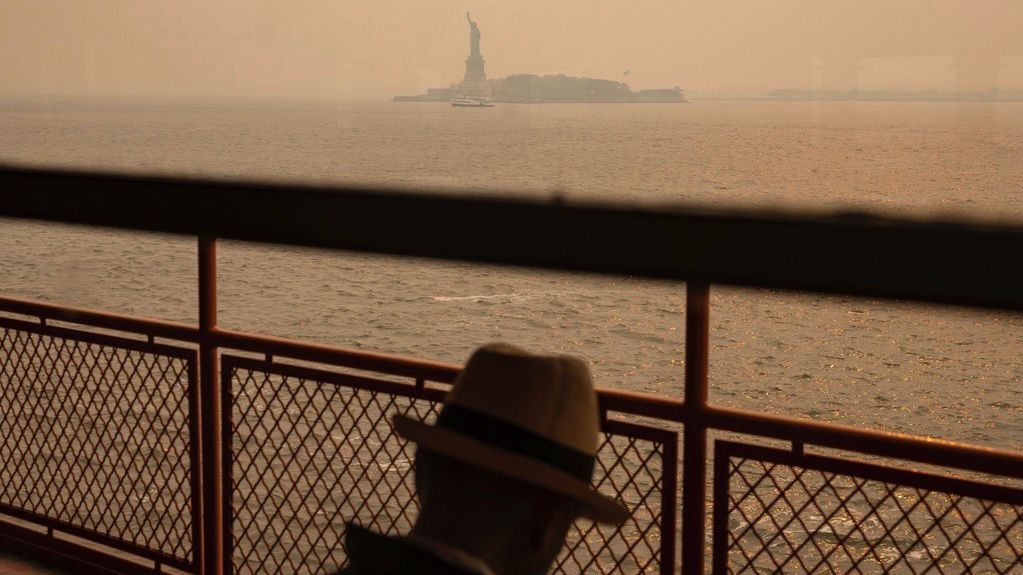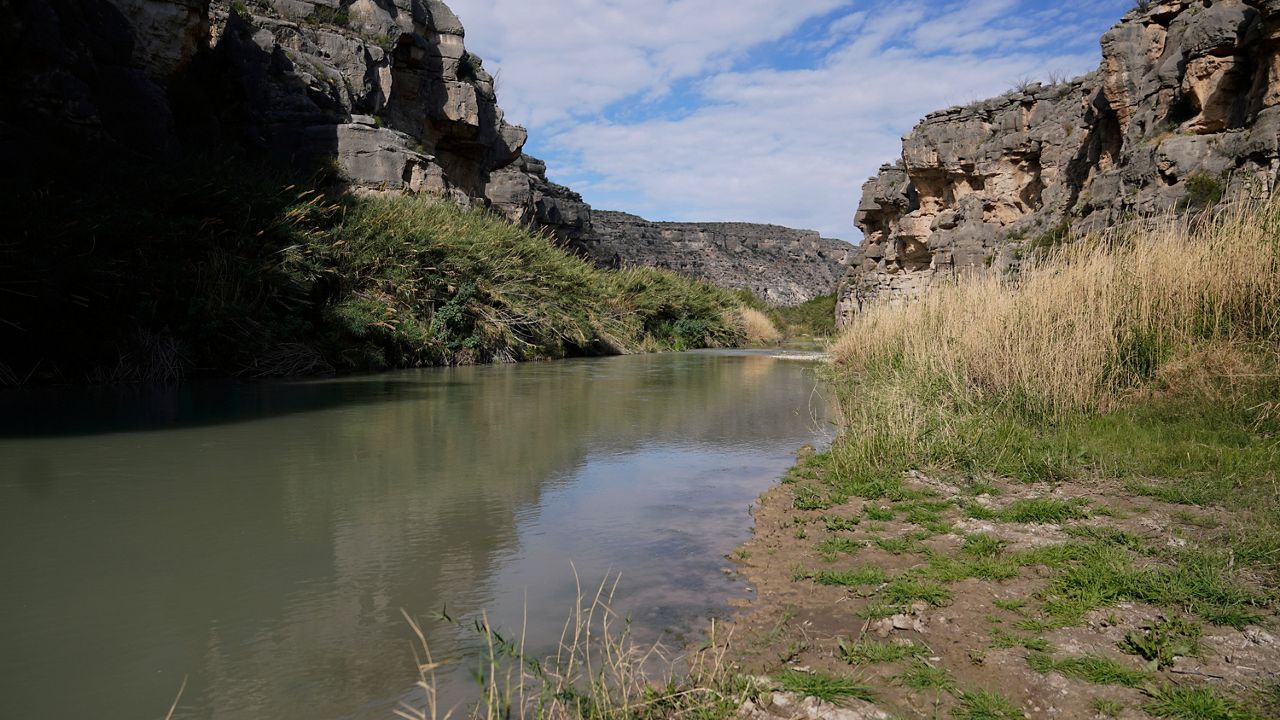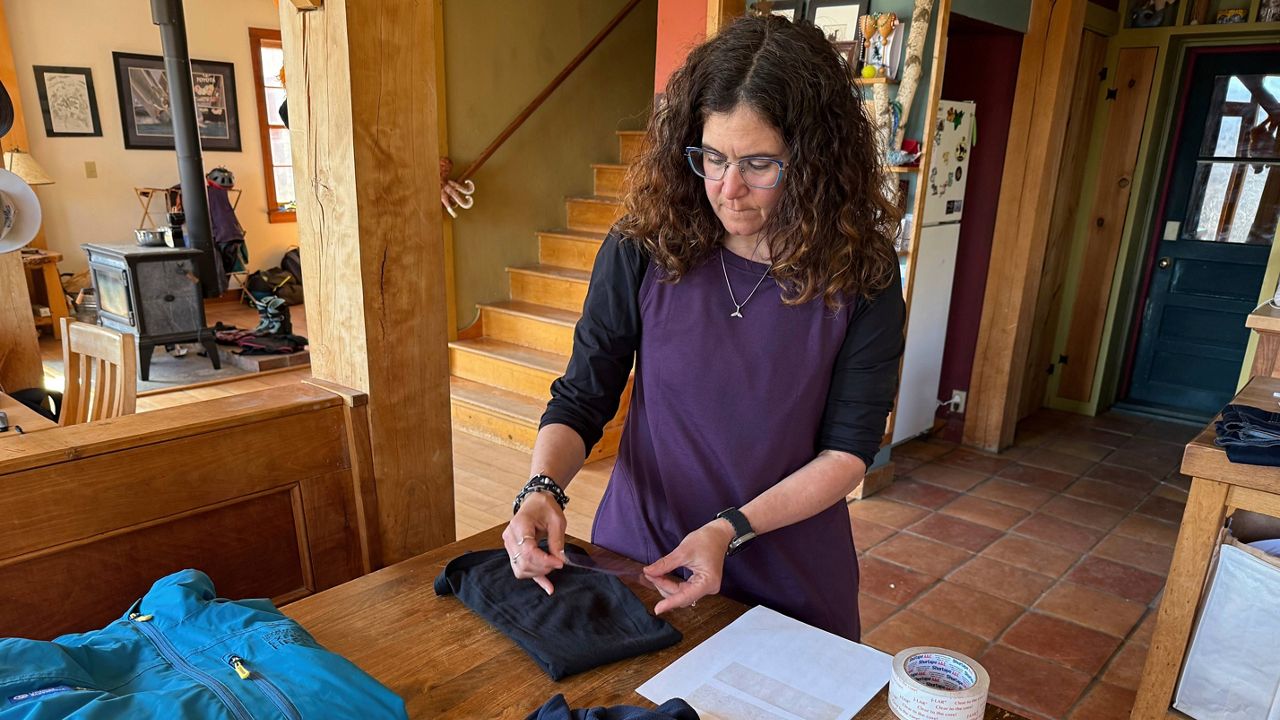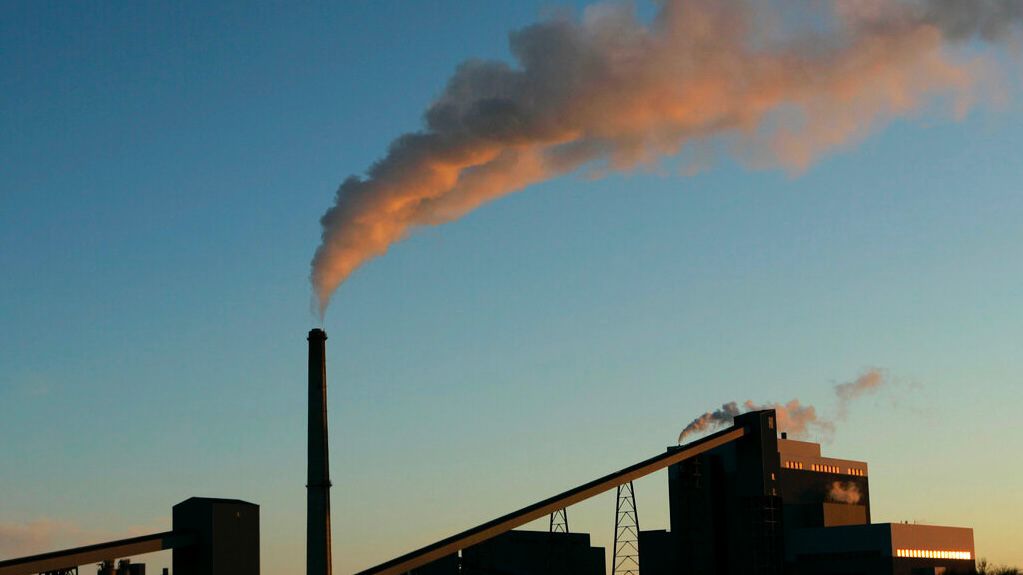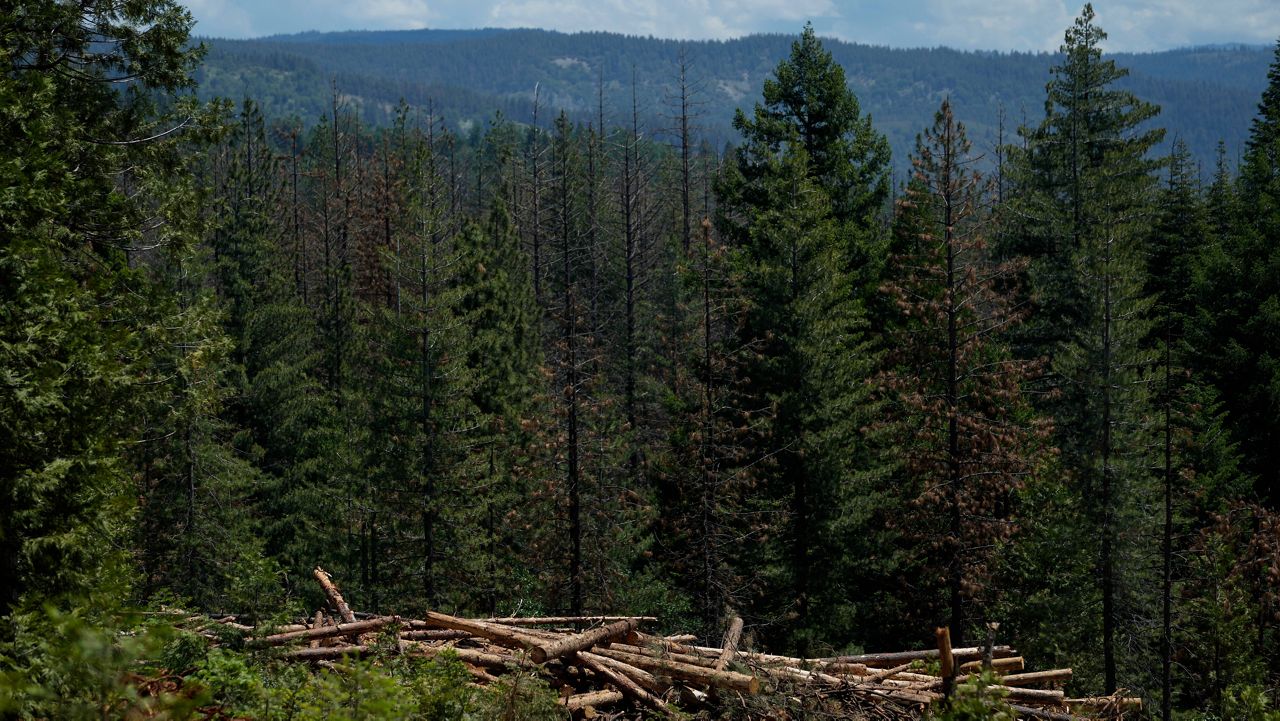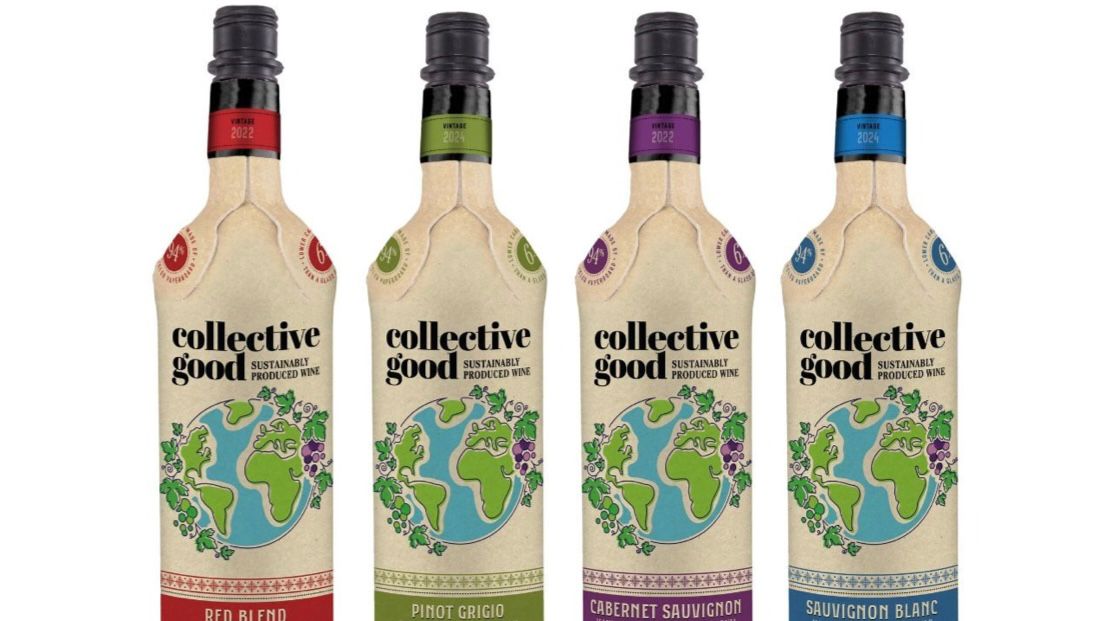Nearly half of the country’s population is exposed to dangerously high levels of air pollution, according to the American Lung Association's annual State of the Air report.
Released Wednesday, the analysis found that 25 million more people than last year are living in areas that failed the health advocacy nonprofit’s standard for acceptable levels of ozone or particle pollution.
“Families across the U.S. are dealing with the health impacts of air pollution every day, and extreme heat and wildfires are making it worse,” American Lung Association President Harold Wimmer said in a statement accompanying the group’s 26th annual report.
State of the Air looked at Americans’ exposure to unhealthy levels of smog as well as short-term and year-round soot between 2021 and 2023, using data from state, local and tribal air pollution control authorities. Ozone and soot are known causes of premature death and other serious health conditions, including asthma attacks, strokes, heart attacks, preterm births and impaired cognition in later life.
Of the 340 million people living in the United States, 46% live in an area that failed at least one of the ALA’s measures for air pollution; 13% live in an area with failing grades in all three measures.
Individuals living in parts of the country with unhealthy spikes in particle pollution, or soot, grew to the highest level in 16 years in the 2025 report. Those living in areas that experienced the greatest number of unhealthy and very unhealthy days of particle pollution were the highest in the report’s history.
Six of the top 10 most polluted cities for short-term particle pollution were in California, with Bakersfield topping the list and Los Angeles ranking seventh. Bakersfield also ranked first for year-round particle pollution, followed by Visalia and Fresno — also in Calfornia.
The report found people of color are more likely to live in areas with failing grades. Blacks are more than twice as likely as whites to live in communities that failed all three pollution measures. Hispanics are almost three times as likely.
Los Angeles took the top spot for ozone, or smog pollution. More than 37% of the country’s population lives in an area with unhealthy ozone levels — 24.6 million more than last year.
Researchers said extreme weather and wildfires contributed to the spike, especially in states stretching from Minnesota to Texas.
Only two cities had zero high-ozone or particle-pollution days: Bangor, Maine, and San Juan, Puerto Rico. Last year, five cities made the list.
To read the full report, visit https://www.lung.org/research/sota.




